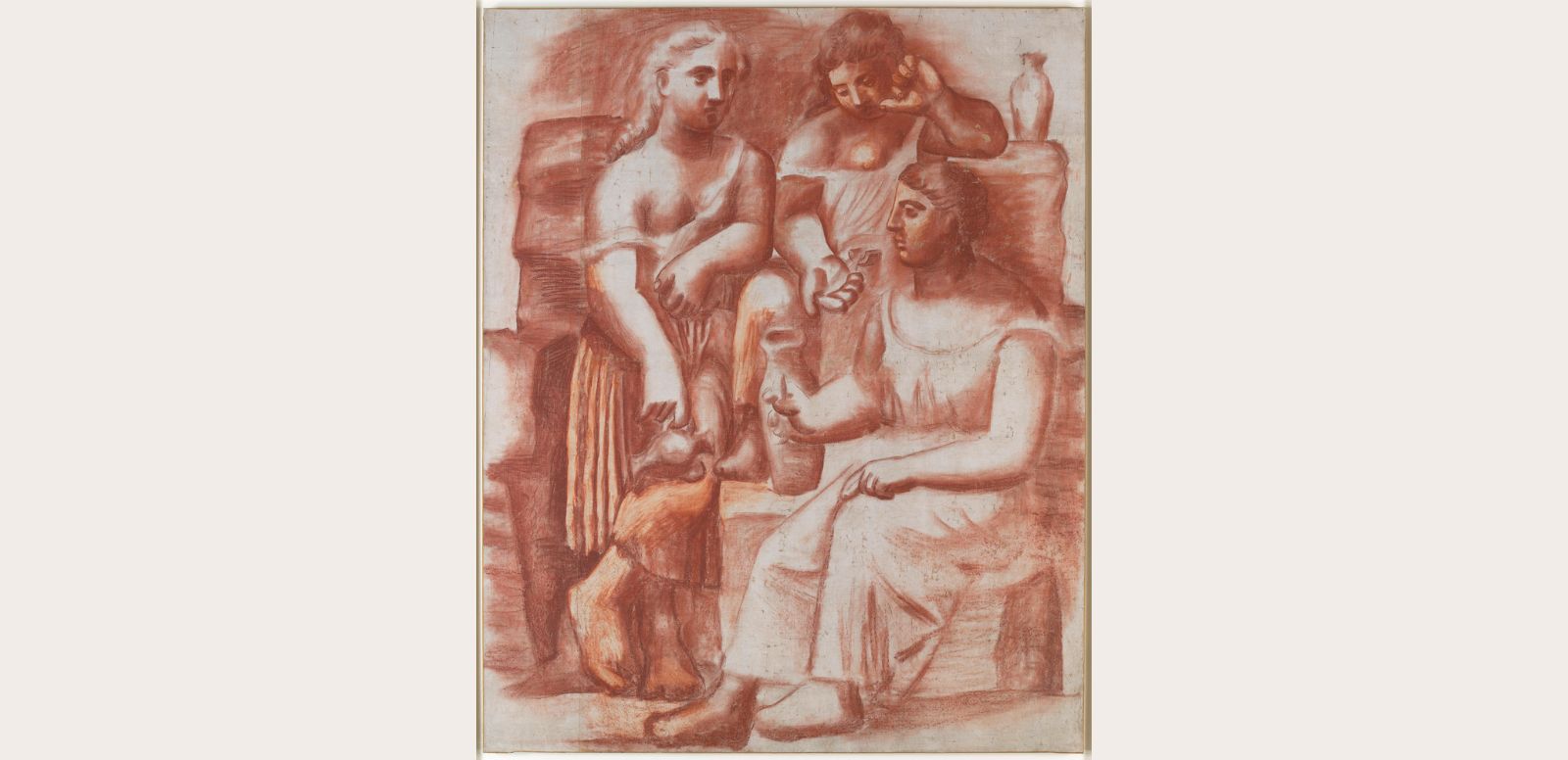
Musée National Picasso-Paris. Dation Pablo Picasso.
© 2023 Estate of Pablo Picasso / Artists Rights Society (ARS), Nueva York.
© Sucesión Picasso, VEGAP, Madrid, 2023
From Sunday to Friday from 10:30 a.m. to 5:30 p.m.
Saturday from 10:30 a.m. to 7:00 p.m.
The Museum of Modern Art (MoMA) in New York inaugurates Picasso at Fontainebleau, the penultimate of seven exhibitions scheduled in the United States as part of the Picasso Celebration 1973-2023, an initiative promoted by the governments of Spain and France that pays tribute to the Malaga-born artist on the 50th anniversary of his death.
The exhibition analyzes the works Picasso created between July and September 1921, when he lived in Fontainebleau, France, and will be open from October 8 to February 17, 2024.
The exhibition has been organized by Anne Umland, senior curator of Painting and Sculpture at MoMA, along with Alexandra Morrison, curatorial assistant, and Francesca Ferrari, Mellon-Marron Research Consortium, Department of Painting and Sculpture at MoMA, with support from the Musée National Picasso-Paris.
Picasso at Fontainebleau is structured chronologically and begins with a preamble that contextualizes the three months Picasso spent at Fontainebleau. First, the pre-World War I Cubist works, which were exhibited in Paris in early 1921, are presented, along with a selection of Picasso's designs for Les Ballets Russes and related projects. The exhibition delves into the period Picasso spent at Fontainebleau and delves into the daily drawings documenting the interior and exterior of the villa he rented at 33 boulevard Gambetta. Also on display are documents from the artist's archive and nearly thirty photographs, many of which are presented to the public for the first time.
The final section brings together a selection of works created during this period, including five large pastel drawings of heads and the two versions of Three Musicians (1921) and Three Women at the Fountain (1921).
These two paintings were created at approximately the same time exhibiting opposing artistic styles, as one is cubist in nature and the other embraces the classical, and will be exhibited together for the first time since 1921. In this way, the public will be able to admire the interconnectedness of Picasso's creative process and stylistic versatility, which resulted in the astonishing diversity of his work.

